- Write by:
-
Friday, July 14, 2023 - 23:35:51
-
170 Visit
-
Print
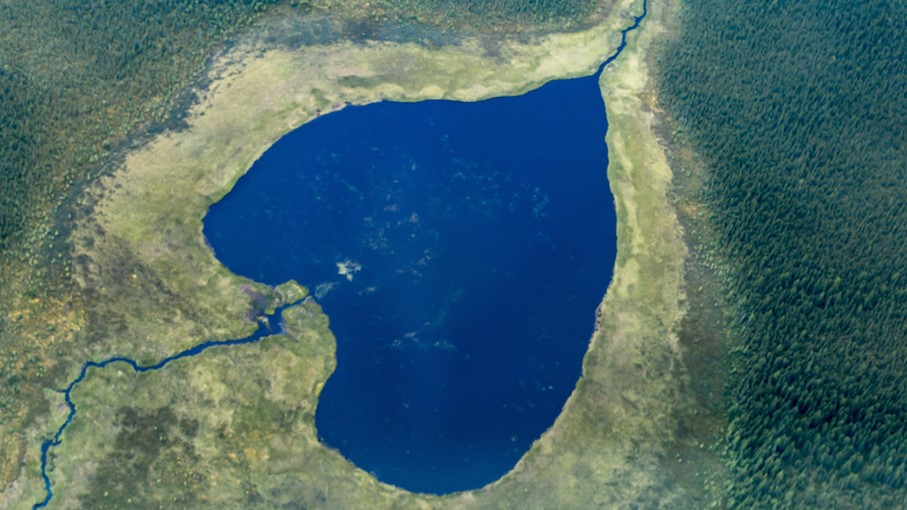
Mining News Pro - Prime Minister Justin Trudeau’s government hopes to unveil a plan by the end of this year to streamline permitting for mining projects as the US and its allies push to accelerate the production of critical minerals in North America.
Canada faces mounting pressure to keep pace with its southern neighbor as the US ramps up efforts to secure the metals needed for electric vehicles, solar panels and wind turbines. American lawmakers have been debating legislation that could substantially speed up approval times for resource projects.
While Canada is home to significant deposits of key minerals, it can take anywhere between five and 25 years to develop them into a mine. This timeline poses a significant challenge to Canada’s dreams of becoming a key player in the US-led drive to topple China’s dominance in the sector.
US negotiations to introduce permitting reform legislation make it all the more urgent for Canada to accelerate mine building timelines, said Heather Exner-Pirot, special adviser with the Business Council of Canada.
“We know the Americans are getting much more serious on permitting reform as commodity prices go up and we start to see some shortages of critical metals,” she said. “If we want to be in the critical minerals business, we have to move on it.”
Ideally the Trudeau government will have its plan ready by a budget update due in the fall, according to an official familiar with the matter. It will seek to enforce legislation passed in 2019 that was designed to cut regulatory hurdles that can stall mining projects for more than a decade, the official said.
Permitting backlogs have largely stemmed from underfunding at agencies tasked with approving permits as well as a lack of coordination between the federal government and its provincial counterparts. The 2019 legislation — the Impact Assessment Act — was supposed to reduce permit timelines to a maximum of five and a half years by setting time limits on assessments and approvals, though in practice projects still experience delays well beyond that time frame.
The process creates uncertainty for investors, sometimes resulting in funding shortfalls for mine builders, said Exner-Pirot.
“It’s a very political process, and from an investor perspective that creates uncertainty and risk. You don’t know if a politician is going to put the brakes on a mine development five years from now,” Exner-Pirot said in an interview.
Mining projects are also subject to rigorous environmental assessments, both at the federal and provincial level, and often face opposition from neighboring Indigenous communities that may be vulnerable to the hazards of operations. Natural Resources Minister Jonathan Wilkinson has acknowledged the need to speed up permitting but vowed not to compromise environmental standards or Indigenous consultation.
One high-profile example of Canada’s lengthy process is Ontario’s “Ring of Fire,” a metals-heavy region seen as key to Canada’s critical minerals ambitions. Projects in the area have sat undeveloped for nearly two decades as mining companies struggle with permitting delays and opposition from some indigenous groups.
Recent high-level government departures have added to Canada’s challenge in making reforms. The permitting review was initially spearheaded by Janice Charette, the top federal civil servant, and Michael Sabia, the top Finance Department official. But both chose to leave government in the past two months.
John Hannaford, who replaced Charette at the top of the federal bureaucracy, is now helping shepherd the review along with Mollie Johnson, a top official in the Natural Resources department.
Short Link:
https://www.miningnews.ir/En/News/623148

Jiang Weiping, the founder of major Chinese lithium producer Tianqi Lithium Corp., resigned as chairman after the ...
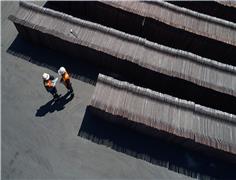
Glencore expects profit at its trading division this year to be at the top end of its long-term annual guidance, in an ...

Iron ore futures prices fell on Monday after weak industrial data in top consumer China and the completion of of ...
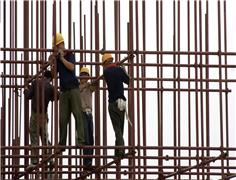
Iron ore futures were poised for a third straight weekly rise as prices largely consolidated gains on Friday, with ...
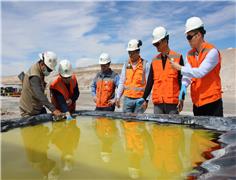
China’s Tianqi Lithium said on Thursday it has formally requested that a proposed joint venture between lithium company ...

India is in talks with several countries seeking partnerships for technical help on lithium processing, said four ...
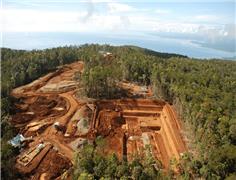
Eramet subsidiary SLN’s nickel mining operations in northern New Caledonia have been suspended, adding to difficulties ...

A key measure of Chinese copper demand just sank to zero, another indication that global prices are not balanced with ...

Chile’s state copper company Codelco defended its proposed lithium production tie-up with SQM in response to criticism ...
No comments have been posted yet ...